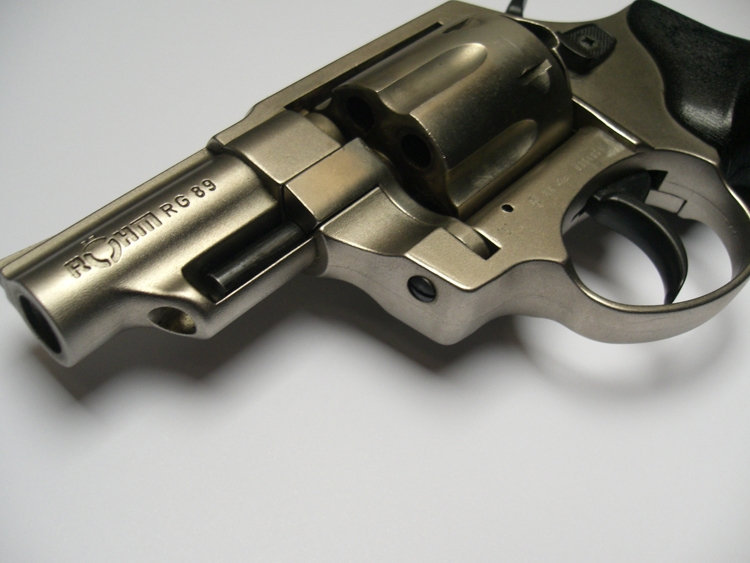Reason’s Mike Riggs brings a story about another tragic shooting involving cops. And it is tragic, but his story is also loaded up so that the cops come out looking bad and I’m not so sure they deserve the criticism this time through.
Shortly before 8 a.m. on June 28, police in Broomfield, Colorado, shot and killed Kyle Miller after he brandished a gun at them. Miller was mentally ill. The gun was fake. Miller’s younger brother told the police dispatcher both of these facts. For some unknown reason, reports the Denver Post, Broomfield police shot Miller anyway…
That’s a mighty loaded ending there implying that the police are out and about shooting stuff for the most tenuous of reasons. Of course, sans the obvious tone (and that tone might not be so obvious if one weren’t familiar with Reason), Riggs can certainly say that he wasn’t implying anything or criticizing the officers involved, but the comments section certainly backs up my reading of his piece.
I’m happy to aim verbal fire at LEOs when I think they are in the wrong (and, more and more often, I think they are in the wrong), but this is one where the investigation needs to run its course before we can even begin to talk about fault. We have no idea what information was passed to the police and we all know that in moments of high stress, even official communications are garbled and confusing. That’s simple reality. An officer on the scene has to use his or her best judgement on how to deal with a schizophrenic man who was waving around what appeared to be a gun. This young man had apparently worried his family — either because they feared for his safety or for the safety of other — so much that they called the police. This young man then aimed that gun at the officers.
What those officers know, without a doubt, is that family members were so worried that they called the cops. They didn’t call a therapist; they called the guys with guns. If it wasn’t dangerous– if he weren’t dangerous– then calling the cops wasn’t warranted.
What resulted is sad as hell, but it is ludicrous to second-guess officers who thought they were about to be fired on, especially when we don’t have a strong idea of what information they had as they were rushing to respond. Even more ludicrous is the idea that some of the comments are putting forward: that the officers had some obligation to act as moving targets for the young man before they fired. Even if one somehow believes that the officers are well-paid enough that they should willingly submit to live fire from bad guys, then it ignores the reality that we want those officers to stop shooters before they have a chance to cause even more damage. If it had been a real weapon and the man had started gunning down cops, the potential loss of life starts spreading far beyond this one young man and the officers on the scene.
The officers used their best judgement in a difficult situation. We don’t know what information they had, we don’t have a clear view of the situation from behind out monitors and keyboards, and we don’t know what those officers were faced with when they pulled triggers.
Certainly there are questions that need to be answered. Airsoft guns and toy guns are now sold with brightly colored bits to make them easily distinguishable from the real things; was Miller’s fake gun modified or otherwise indistinguishable from the real thing? Should the officers have used “less than lethal” options like a TASER? Did they know that the young man’s brother had called to let them know that it wasn’t a real weapon?
Miller’s family must be facing a wild array of emotions. Guilt, sadness, and anger all mixed in, I would imagine, and I hope I never have to do anything more than imagine. The pain must be overwhelming. Without a good understanding of what happened that day, though, it’s irresponsible to be saying what those officers should or shouldn’t have done; first find the fact, then make judgements.

